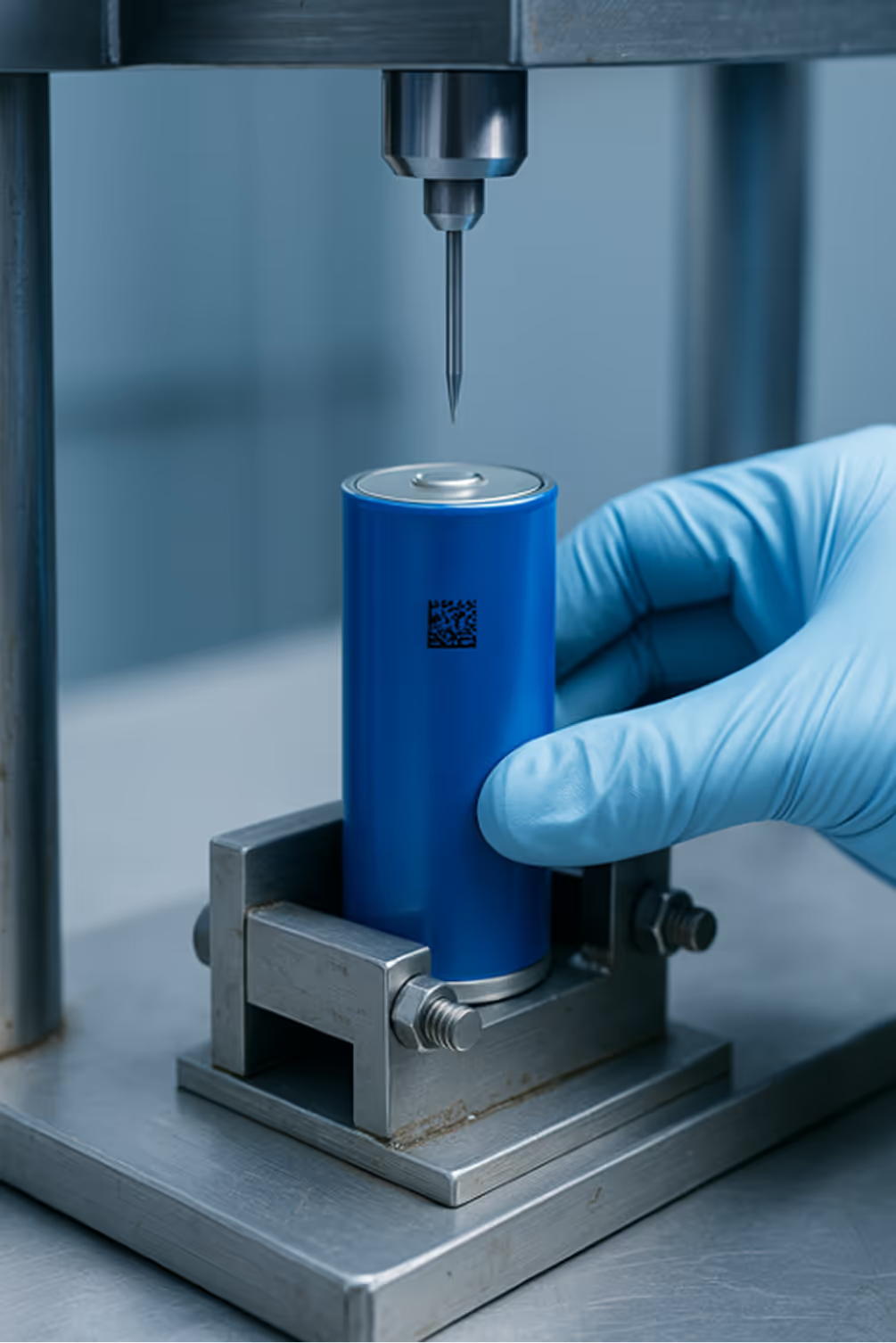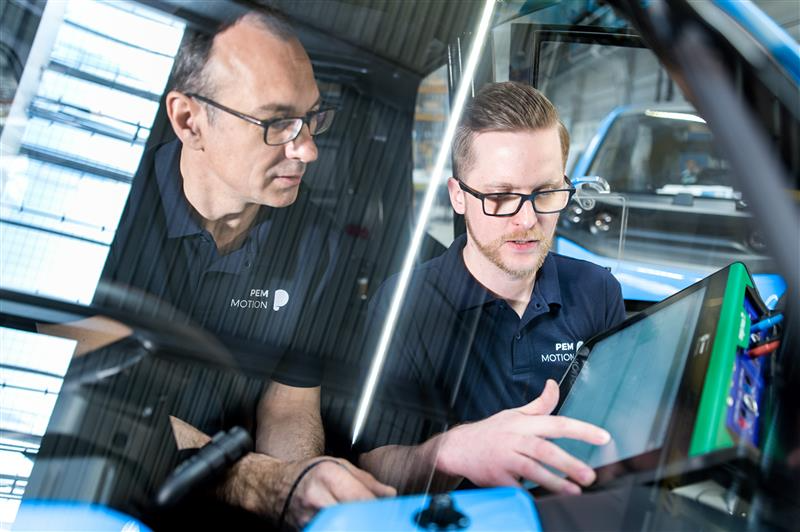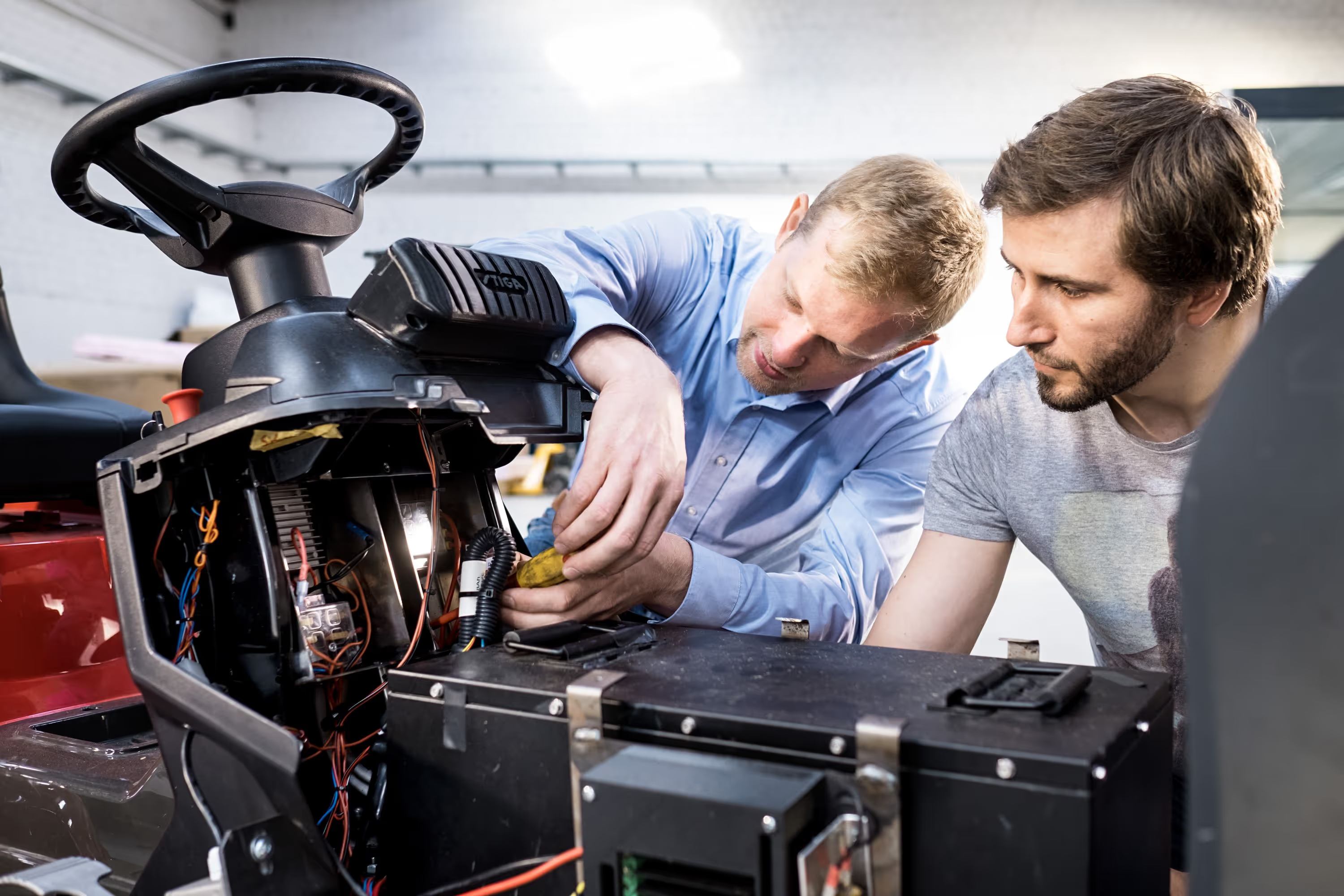Battery Testing Protocol
A standardized set of procedures and tests used to evaluate the performance, safety, and reliability of batteries under various conditions and in compliance with industry standards.
In the rapidly advancing battery industry, where innovations in energy storage are driving sectors like electric vehicles and renewable energy, battery testing protocols serve as the cornerstone of quality assurance and risk management. These protocols are not merely checklists; they are comprehensive frameworks that enable professionals to systematically validate battery systems, ensuring they meet stringent safety, performance, and regulatory demands. This article delves into the nuances of battery testing protocols, offering practical insights tailored for engineers, manufacturers, and researchers seeking to optimize their testing strategies and stay ahead in a competitive market.
The Critical Role of Battery Testing Protocols
Battery testing protocols are indispensable for mitigating risks associated with battery failures, which can lead to safety hazards, financial losses, and reputational damage. By implementing rigorous testing, companies can identify potential issues early in the development cycle, optimize design parameters, and ensure compliance with global standards. This proactive approach not only enhances product reliability but also builds trust among stakeholders, from component suppliers to end-users in automotive and energy sectors.
Safety and Hazard Mitigation
One of the primary focuses of battery testing protocols is to assess safety under extreme conditions. Tests such as overcharge, short-circuit, and thermal abuse simulations help identify vulnerabilities like thermal runaway, which can cause fires or explosions. By emphasizing safety validation, protocols ensure that batteries can withstand real-world stresses, reducing the likelihood of incidents in applications ranging from consumer electronics to grid storage systems.
Performance and Durability Assessment
Beyond safety, protocols evaluate key performance metrics, including capacity, efficiency, and cycle life. Through standardized charge-discharge cycles and impedance measurements, professionals can gauge how batteries degrade over time, enabling predictions of lifespan and reliability. This is crucial for industries like electric mobility, where battery longevity directly impacts vehicle range and total cost of ownership.
Key Components of a Comprehensive Testing Protocol
A well-structured battery testing protocol integrates multiple testing domains to cover all aspects of battery behavior. Each component addresses specific environmental, electrical, and mechanical factors, providing a holistic view of battery performance. This multi-faceted approach ensures that no critical parameter is overlooked, from initial prototype validation to mass production quality control.
Electrical Performance Testing
Electrical tests form the core of any protocol, measuring parameters such as voltage, current, resistance, and power output. Common procedures include capacity tests, where batteries are cycled through charge and discharge phases to determine energy storage capabilities, and pulse tests that assess power delivery under dynamic loads. Advanced techniques like electrochemical impedance spectroscopy (EIS) provide insights into internal resistance and aging mechanisms, aiding in the refinement of battery management systems (BMS).
Thermal Management Evaluation
Thermal testing examines how batteries perform across temperature extremes, from sub-zero conditions to high-heat environments. Protocols often include thermal cycling, where batteries are subjected to rapid temperature changes to simulate climatic variations, and abuse tests that induce overheating to study failure modes. Effective thermal stability is vital for preventing performance degradation and ensuring safety in applications like electric vehicles, where operating temperatures can vary widely.
Mechanical and Structural Integrity
Mechanical tests assess the physical robustness of batteries through vibration, shock, and crush simulations. These evaluations mimic the stresses encountered during transportation, installation, and daily use, ensuring that battery enclosures and internal components can withstand impacts without compromising functionality. For instance, vibration tests aligned with standards like ISO 16750 are essential for automotive batteries to guarantee durability on rough roads.
Environmental and Durability Testing
Environmental protocols expose batteries to factors such as humidity, salt spray, and altitude to verify performance in diverse conditions. Tests like humidity cycling and corrosion resistance checks help identify potential weaknesses in sealing materials or connectors, which are critical for batteries used in outdoor or marine environments. By incorporating environmental stress screening, manufacturers can enhance product resilience and extend service life.
Standards and Regulatory Frameworks
Adherence to international standards is a non-negotiable aspect of battery testing protocols, as it ensures interoperability, safety, and market access. Key organizations, including the International Electrotechnical Commission (IEC) and the United Nations (UN), have established benchmarks that protocols must follow, such as UN 38.3 for transportation safety and IEC 62133 for general-purpose batteries. Compliance with these standards not only facilitates global trade but also aligns with regional regulations, such as those from the U.S. Department of Transportation or the European Union's Battery Directive.
Industry-Specific Requirements
Different sectors impose tailored testing requirements based on application demands. For example, electric vehicle (EV) batteries must undergo extensive cycle life testing to validate endurance over thousands of charge cycles, while aerospace applications focus on lightweight and high-energy-density cells with strict safety margins. Understanding these sector-specific protocols allows professionals to customize testing approaches, ensuring that batteries meet the unique challenges of their intended use cases.
Best Practices for Implementing Testing Protocols
Effective implementation of battery testing protocols requires a strategic approach that balances thoroughness with efficiency. Professionals should focus on test design, data management, and continuous improvement to maximize the value of testing efforts. By leveraging statistical methods and automation, companies can reduce testing time and costs while maintaining high accuracy and reproducibility.
Test Planning and Design
A robust test plan begins with defining clear objectives, such as validating a new battery chemistry or assessing compliance with a specific standard. This involves creating a test matrix that covers all critical scenarios, from normal operation to failure modes, and using design of experiments (DOE) techniques to optimize test parameters. Incorporating risk-based testing prioritizes high-impact areas, ensuring resources are allocated effectively to address the most significant potential failures.
Data Analysis and Reporting
Advanced data analysis is essential for interpreting test results and deriving actionable insights. Tools like machine learning can identify patterns in performance data, predicting battery aging or pinpointing anomalies. Comprehensive reporting, including detailed test logs and compliance documentation, supports regulatory submissions and internal reviews, enabling stakeholders to make informed decisions. Emphasizing data integrity through standardized formats and secure storage ensures that results are reliable and traceable over the product lifecycle.
Challenges in Battery Testing
Despite their importance, battery testing protocols face several challenges, including high costs, long durations, and the rapid pace of technological change. As battery chemistries evolve—from lithium-ion to solid-state—protocols must adapt to new materials and designs, requiring ongoing research and updates. Additionally, scaling tests for mass production can strain resources, necessitating innovative approaches like accelerated testing methods or virtual simulations.
Scalability and Resource Constraints
Scaling testing protocols from laboratory settings to high-volume manufacturing often reveals bottlenecks in equipment availability and expertise. Solutions include investing in automated test systems that can handle multiple batteries simultaneously and collaborating with specialized partners to access advanced facilities. By addressing scalability issues, companies can maintain consistency and speed in their testing processes, crucial for meeting tight production schedules.
Evolving Technologies and Standards
The continuous innovation in battery technology, such as the development of fast-charging cells or recyclable materials, demands that testing protocols remain flexible and forward-looking. Professionals must stay updated on emerging standards and integrate new test methods, like those for second-life battery applications, to ensure relevance. This dynamic environment underscores the need for adaptive testing strategies that can accommodate future advancements without compromising safety or performance.
Conclusion
Battery testing protocols are fundamental to the success of the battery industry, providing a structured path to validate safety, performance, and compliance. By embracing comprehensive testing frameworks, professionals can drive innovation, reduce risks, and deliver reliable products that meet the growing demands of energy storage. As the industry evolves, a proactive approach to testing will be key to navigating complexities and achieving sustainable growth.
How PEM Motion Supports the Battery Industry
PEM Motion is an international engineering and consulting partner with deep expertise in battery technology, offering tailored solutions for battery manufacturers, component suppliers, OEMs, and EV producers. Specializing in Battery Testing & Compliance, BMS Solutions, Training, and Operations Support, PEM Motion helps clients navigate complex testing procedures, documentation, and adherence to international standards such as UN 38.3 and IEC norms. Their end-to-end support ensures efficient compliance, risk mitigation, and accelerated time-to-market, empowering businesses to overcome testing challenges and achieve regulatory approval with confidence. By leveraging PEM Motion's industry insights and technical prowess, organizations can enhance their testing protocols, optimize operations, and stay competitive in the global battery market.
Our Focus
What we do

BATTERY Compliance
We ensure your batteries meet all compliance standards for safety and performance.

OPERATIONS & TRAINING
We empower your team with comprehensive training and operational consultation for battery technology and energy storage solutions.

BMS SOLUTIONS
We offer a wide range of Li-Ion battery solutions and Battery Management Systems for various industries.












